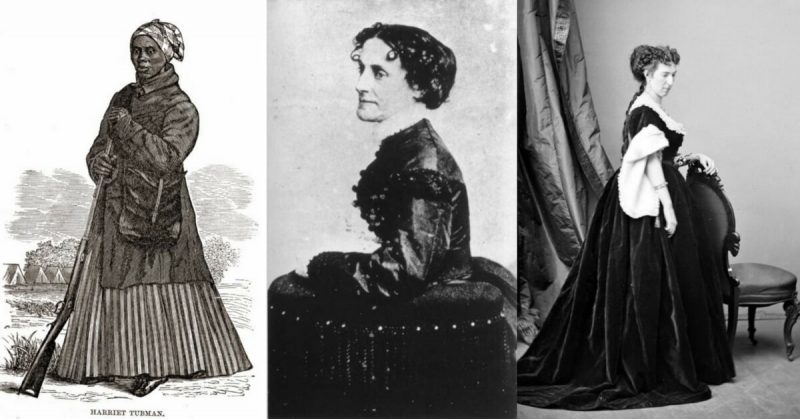Rose Greenhow
Just before Virginia’s secession, the governor of that state John Letcher wanted to set up a spy network while he was still able to move easily in Washington. He brilliantly chose one of the most ardent and intellectual spies of the war, Washington’s favorite widow, Rose O’Neal Greenhow. She was an intelligent, politically minded socialite who was well-connected with the men of D.C. and often their confidante. Through her handler, Thomas Jordan, she was able during the war to pass ciphers to Letcher resulting in successes in Bull Run and in gaining the credit, given by Jefferson Davis himself, of winning Manassas.
Allan Pinkerton, the famous detective and head of intelligence for the Union, took notice of her and arrested her himself in front of her home. There he set up a prison for female spies known formally as “The House of Detention for Female Rebels” and informally as “Fort Greenhow.”
Rose was not cowed, even by imprisonment, and still continued espionage activities, so much so that she had to be moved to a filthy, infested, dangerous military prison. When they finally let her out, on the condition that she stay in the South, she rebelled again. Jefferson Davis sent her on a tour of Europe where she lobbied the Confederate cause, wrote a book, and continued in relaying dispatches. When she neared home, a Union gun-runner collided with her ship, and Rose tried to escape. Even within yards of life, Rose died holding onto dispatches while drowning near the mouth of the Cape Fear River.
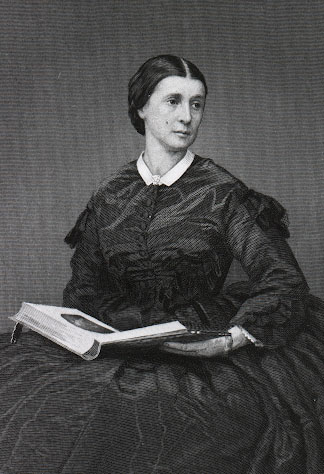
Belle Boyd
Isabelle Marie Boyd, known by a bevy of nicknames including Cleopatra of the Secesh, was a young girl of 16 when fate barged into her life.
Belle and her mother were at their home in what is now West Virginia when a drunk Union soldier entered their home and began cursing at her mother “…in language as offensive as it is possible to conceive. I could stand it no longer.” Belle shot the man. When interviewed by his commanding officer, he “inquired into all the circumstances with strict impartiality, and finally said I had ‘done perfectly right.'”
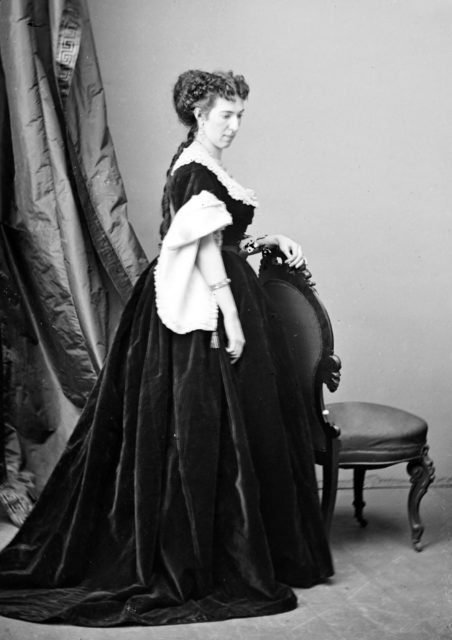
That happened in 1861, and by 1862 she was already so well known as a Confederate spy to be talked about in Northern newspapers – even to the details of her looks and dress as though she were a fashion icon. Though they shot veiled insults at her facial features, they did wax on about her seductive nature and attractiveness. While it may seem – and is – a chauvinist analysis, Belle did use her charms from time to time to get a foothold where she needed one. She also, however, used other covert means to steal secrets and report back to Confederate officers. She never shirked danger, listening through walls to Union officers and even riding through rifle fire to the side of Stonewall Jackson to deliver news on the battlefield.
She flirted with danger in witty barbs. To a Northern soldier whom she’d pried secrets from with flirtation, she wrote “I am indebted for some very remarkable effusions, some withered flowers, and last, but not least, for a great deal of very important information . . . I must avow the flowers and the poetry were comparatively valueless in my eyes.”
Elizabeth Van Lew and Mary Bowser
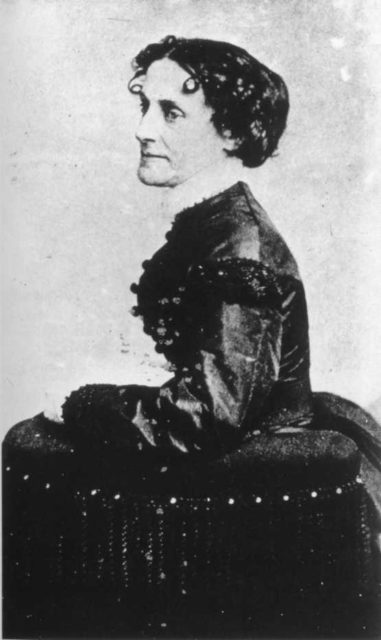
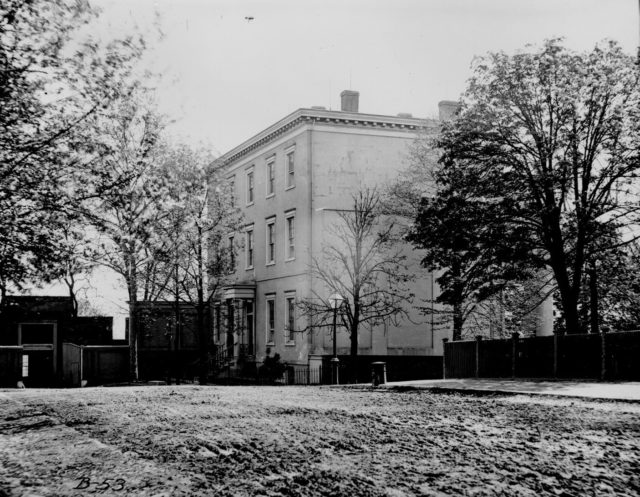
Elizabeth Van Lew’s house was home to three noble women who stood up for what they believed in despite great risk. Elizabeth, her aged mother, and a freed former slave, Mary Bowser, shared the home and used it and their wits to help the Union cause.
Elizabeth was a Richmond socialite living in that Confederate capital as a known Union sympathizer and abolitionist. She took it entirely upon herself (with the help of her mother) to help the Union cause by caring for, passing information to, and helping Union soldiers escape from the nearby military prison.
Elizabeth had to come up with a way to keep those who knew of her political leanings and intelligence from thinking they had anything to suspect from her. She started to take on attributes of the insane, like muttering to no one under her breath and pretending to have a vacant and distant mind. She became known around town as “Crazy Bett.”
When Union soldiers she had helped returned to the battlefield and told their superior officers about all she had done, the Union officially enlisted her as a spy. Years earlier, when Elizabeth had freed her father’s slaves and their relatives, she freed and sent Mary to a Quaker school for higher education in the North. Mary had married and was living outside of town when Elizabeth convinced her to come back and pose as a slave so that she could help her in the cause.
Elizabeth built a small network of couriers and spies within Richmond, including Mary who gained access as a servant in Jefferson Davis’s household. Elizabeth sent coded messages North and even dispatches written in invisible ink.
Mary bravely served in the riskiest of circumstances and was said by a courier in the network to “be the best as she was working right in Davis’ home and had a photographic mind. Everything she saw on the Rebel President’s desk she could repeat word for word.”
Even though Van Lew was considered by Ulysses S. Grant to be the most valuable source of information during the war, she herself did not like to be called a spy. When the war was over, she said “I do not know how they can call me a spy serving my own country within its recognized borders . . . am I now to be branded as a spy—by my own country, for which I was willing to lay down my life? Is that honorable or honest? God knows.”
Harriet Tubman
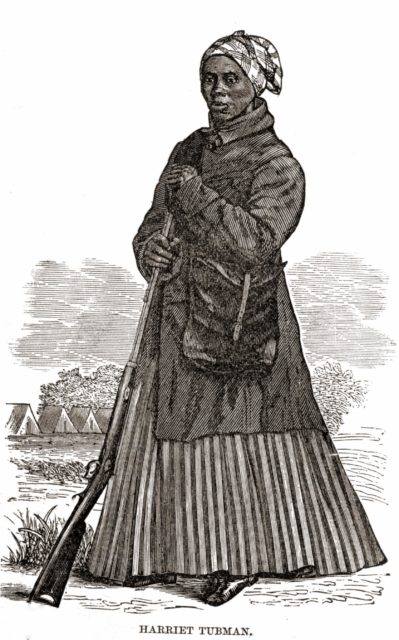
There are very few that are not familiar with Tubman’s work on the Underground Railroad. Her activities during the Civil War were equally heroic.
She started out the war as a nurse and cook. While slavery was still in effect, she could not serve as an enlisted person. Until then, she became renown in her work as a nurse as a person of great herbal knowledge and success in healing. When Emancipation came, she was able to enlist. She was quickly recruited to spy, scout, and lead covert missions.
She became a leader of a group of scouts engaged in espionage in South Carolina with the mission of freeing slaves and giving them routes to safety. In the Combahee River Raid, the efforts of her spies and 150 black Union troops led to the freeing of over 750 slaves.
